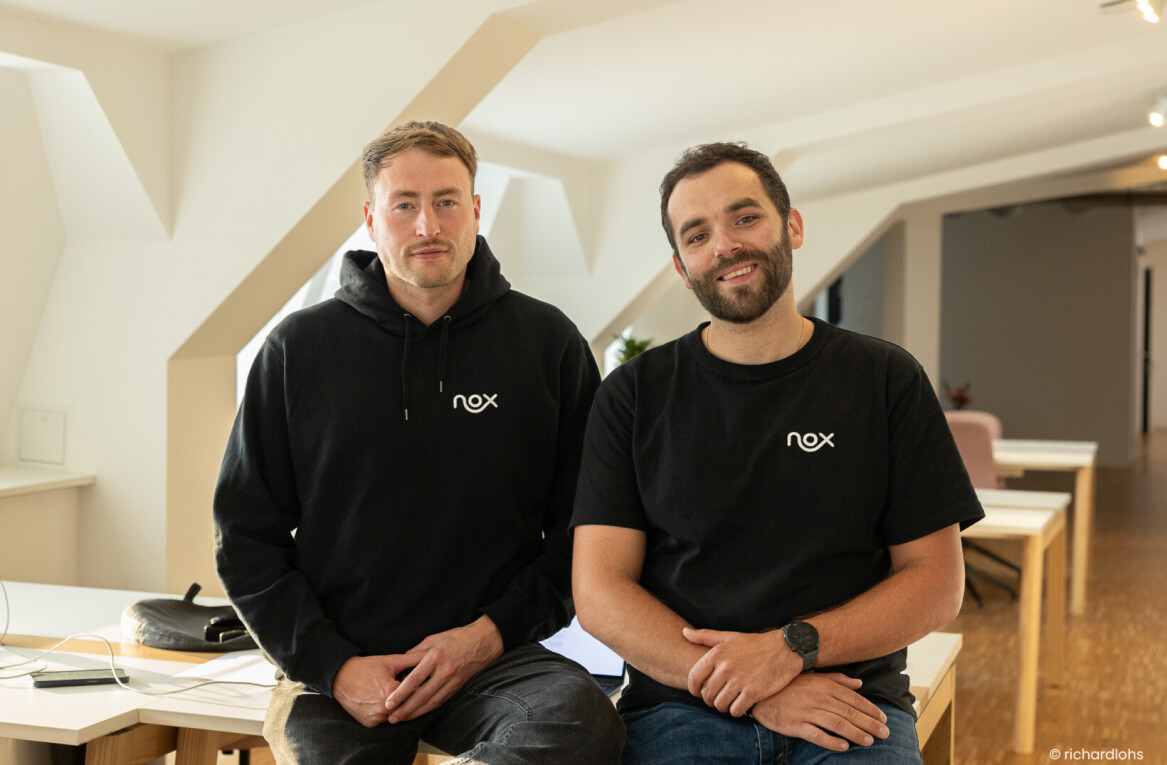
There’s certainly no shortage of advice on how to build and grow a startup. From keeping an insanely packed, no-sleep schedule like Jack Dorsey’s to putting your entire social life on hold, it seems that there’s “wisdom” around every corner.
But I’ve learned through my own experience that, despite the volume of advice out there, much of it isn’t all that useful in most cases. No single nugget of insight will make or break your business. Instead, the secret to success is learning how to follow your gut about what feels right for you, your customers, and your team.
Despite what some advisors might say, there is no “proven” path to success. And over the last 17 years, I’ve encountered lots of bad advice along the way. Here’s some of the worst:
1. Choose VC funding or bootstrap; there is no in-between
Many experts push entrepreneurs to take funding as early as possible. It is sadly seen as some sort of validation. But, this can quickly backfire, forcing you to focus exclusively on growth, expand too fast, and lose sight of delivering what is truly needed and differentiated in your market.
On the flip side, others will say to bootstrap all the way, that the gritty, buck-the-system approach keeps you true to your roots.
The right answer for many can be somewhere in the middle, and timing is everything. That’s why my company waited 13 years (not a typo) to pursue our first round of funding and another four for a $100 million Series B.
After years of bootstrapping, I was confident in our vision, our culture, and our product offering. I had a proven formula, a solid market footprint, and we were ready to grow.
Had we pushed for funding early on, I fear we may have not let enough time pass for our direction to truly be identified. Instead, we kept our bootstrap mentality but took on some funding to grow when the timing was right.
The better advice is to embrace the best elements of funding and bootstrapping in a way that works for you — it doesn’t have to be one or the other (despite the industry obsession with funding as a signifier of growth and validation — which it is not).
2. Don’t invest in customer support early on
I get it: customer support is expensive, and some incorrectly think that product-led growth means the product solving things versus people solving things. In fact, many treat customer support as a cost center and even place it inside their finance department, which tells you a lot about their priorities.
Aiming for quick wins and faster time to revenue, they instead prioritize customer acquisition, but as we all know, it’s so much more costly to add new customers than it is to keep the ones you already have.
In fact, many advisors say that building a customer success program is only appropriate once you’ve secured enterprise-level clients, but customer support has always been our top priority from day one, and it’s worked out very well to our advantage.
When I first launched ActiveCampaign in college, I handled every customer inquiry myself. I didn’t care if it was a $30 order, I’d spend hours making sure that customer got what they needed. And I saw early on what a huge difference it made in retention.
So, when I expanded from my solo operation, I made it a priority to invest in wowing our customers and keeping them extraordinarily happy, which has become an essential strategy as we defied conventional wisdom. We listen to what our customers need and have subsequently identified many of the pain points people experience historically in our market.
We solved a number of those pain points by offering free onboarding, implementation, and training for our platform and free strategy sessions. Most of our competitors charge for those things, and it’s become a huge differentiator for us that’s really paid off in customer loyalty.
3. Pick one thing and do it really well
You’ll hear a lot of startup advice that’s basically some version of “focus on one thing.” This may work out for some companies that offer a single consumer product, but if I had followed this advice, I never would’ve made the pivot from on-premise software to SaaS.
That switch was one of the driving factors behind my company’s growth and came from throwing the old plan away and starting a new one.
The problem with a hyper-focused approach is that, like it or not, change happens — sometimes unbelievably fast. If the last nine months have taught us anything, it’s that agility is essential, and if your strategy is to “stay the course,” when the inevitable chaos happens, you can’t adapt.
The idea of staying focused is well-intended to help smooth out some of the chaos of rapid growth. But when my team followed this advice, it stifled our innovation and took us several quarters to get back on track and make progress again. We have found peak innovation by pursuing multiple paths with a mindset of proving the validity of each.
Change forces us to be innovative, nimble, and creative, so you’re better off embracing it. Our team enjoys their work much more when they have the freedom and confidence to tackle new challenges, and it’s a powerful motivator that keeps us pushing forward.
Entrepreneurs, by nature, are driven by disruption — they want to challenge the status quo. When you ignore those instincts to adhere to some cookie-cutter model of what a startup should do, your business will quickly become stale, stagnant, and stuck.
The best advice
Ultimately, one of the best pieces of advice I ever received is to learn to be OK with not being like everyone else, with not following the typical script and doing things in your own time with your own approach.
When so many startups come and go, and only a relative few survive, it’s easy to believe that there’s some kind of secret playbook — a singular right way to do it that guarantees success because it worked for all the others that made it.
In reality, the best advice is to ignore all the advice. Stop watching your competitors and other “successful” companies thinking they have some secret answer. Listen to your instincts and your customers. They’ll tell you the right thing to do.
Get the TNW newsletter
Get the most important tech news in your inbox each week.





